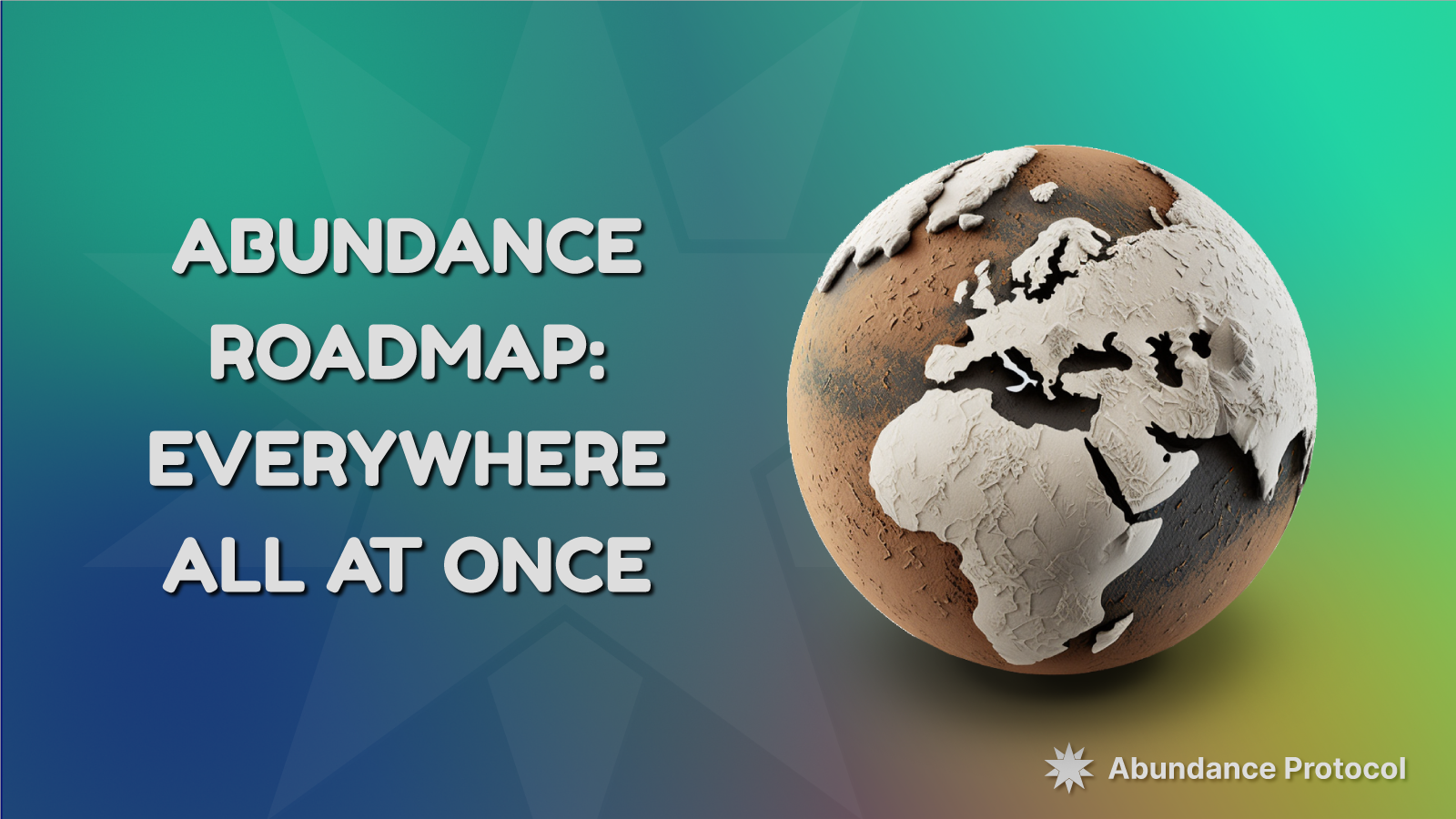We previously covered the start (development > testnet > mainnet) and the endgame stage (AI-powered consensus mechanism) of Abundance Protocol, but I feel that the intermediate stage (and progression) is somewhat unclear, so I’d like to discuss it in this post:
The purpose of our protocol is to allow individuals to maximize their impact, and allow communities to sustainably fund common and public goods/infrastructure. This is true for communities in the ‘real world’ (science, tech, medicine, media, environment, etc.) as well as our digital blockchain communities.
Right now we have a very fractured and tribal blockchain space. Everyone is fighting over competing blockchain scaling solutions, but mostly speculating over which coin or project token will 10X or 100X. Every token drop is creating new digital tribes that compete with others for scarce attention and resources. Too many projects and L1s see the space as a money-grab opportunity, instead of genuinely wanting to promote the tech or create the infrastructure for a decentralized economy.
The speculative nature of projects makes it very difficult for the average user to separate snake-oil promises of L1s or projects from projects with real potential. It also makes it difficult for developers to invest their time and skills in solving problems that can have the most impact. Solutions that can have the greatest impact sometimes also have the least investment, since it’s hard for projects (and VCs) to capture value from a solution that would equally benefit competitors — the classic free-rider problem.
Abundance Protocol can change this dynamic with an omni-blockchain approach. In other words, if the protocol runs on every EVM or smart-contract-supporting blockchain (and L2) as well as on its own dedicated blockchain, developers can simply focus on advancing the tech that can impact multiple blockchains or projects. Then propose their project or solution through the protocol running on each of the blockchains, and get rewarded based on how much their project contributed to each ecosystem.
This dynamic would create superalignment between the various blockchains. It would reduce some of the toxic tribal behavior we’re seeing in the crypto space, and allow the various L1s, L2s and on-chain projects and DAOs to focus on scaling, improving the technology, specializing in their various use cases, and creating new collaborations. It would allow developers to maximize their impact (and earnings) throughout crypto, create the most value for all users, and grow the crypto ecosystem as a whole.

